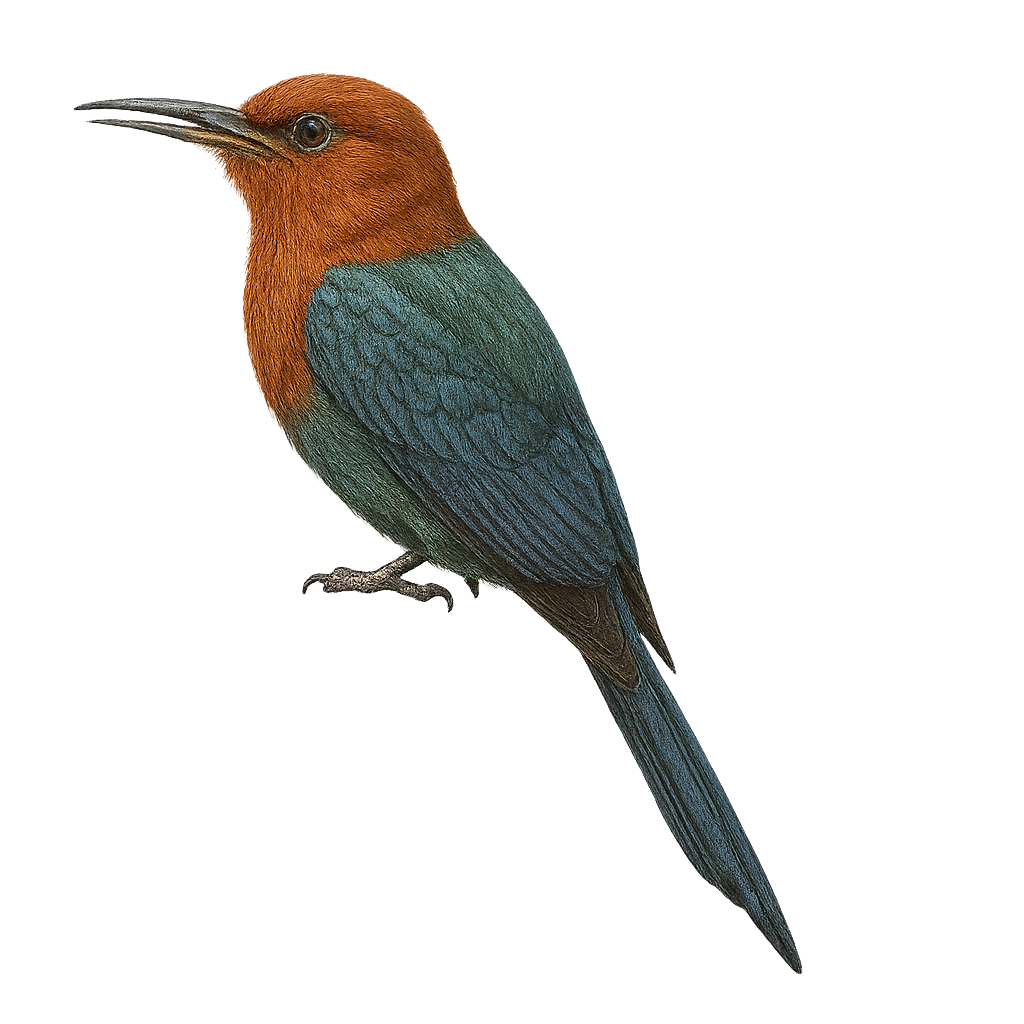Your wildlife photography guide.
Explore the chestnut-headed woodhoopoe in detail, study its behavior, prepare your shots.
Where to observe and photograph the chestnut-headed woodhoopoe in the wild
Learn where and when to spot the chestnut-headed woodhoopoe in the wild, how to identify the species based on distinctive features, and what natural environments it inhabits. The WildlifePhotographer app offers tailored photography tips that reflect the chestnut-headed woodhoopoe’s behavior, helping you capture better wildlife images. Explore the full species profile for key information including description, habitat, active periods, and approach techniques.
Chestnut-headed Woodhoopoe
Scientific name: Rhinopomastus castaneiceps

IUCN Status: Least Concern
Family: PHOENICULIDAE
Group: Birds
Sensitivity to human approach: Suspicious
Minimum approach distance: 10 m
Courtship display: October to December
Incubation: 14-16 jours
Hatchings: October to January
Habitat:
Tropical forests, wooded savannas
Activity period :
Primarily active during the day, with peak activity in the morning and late afternoon.
Identification and description:
The Chestnut-headed Woodhoopoe is a fascinating bird, recognizable by its chestnut-colored head and iridescent plumage. It belongs to the Phoeniculidae family and is primarily found in the tropical forests of Central and East Africa. This bird measures about 30 to 35 cm in length, with a long, curved beak ideal for extracting insects and larvae from tree bark. Its social behavior is remarkable, often living in family groups that communicate through distinctive calls. The Chestnut-headed Woodhoopoe is a diurnal bird, active mainly in the morning and late afternoon. Although relatively tolerant of human presence, it prefers dense wooded areas where it can easily hide.
Recommended lens:
400 mm – adjust based on distance, desired framing (portrait or habitat), and approach conditions.
Photography tips:
To photograph the Chestnut-headed Woodhoopoe, it is advisable to use a telephoto lens of at least 400mm to capture precise details without disturbing the bird. Look for areas where these birds are active, such as forest edges or clearings. Be patient and discreet, as although they are relatively tolerant, they may fly away if you approach too abruptly. Take advantage of the golden hours of morning or afternoon to benefit from soft, flattering light that will highlight the iridescent colors of their plumage.
The WildlifePhotographer App is coming soon!
Be the first to explore the best nature spots, track rutting seasons, log your observations, and observe more wildlife.
Already 1 432 wildlife lovers subscribed worldwide

